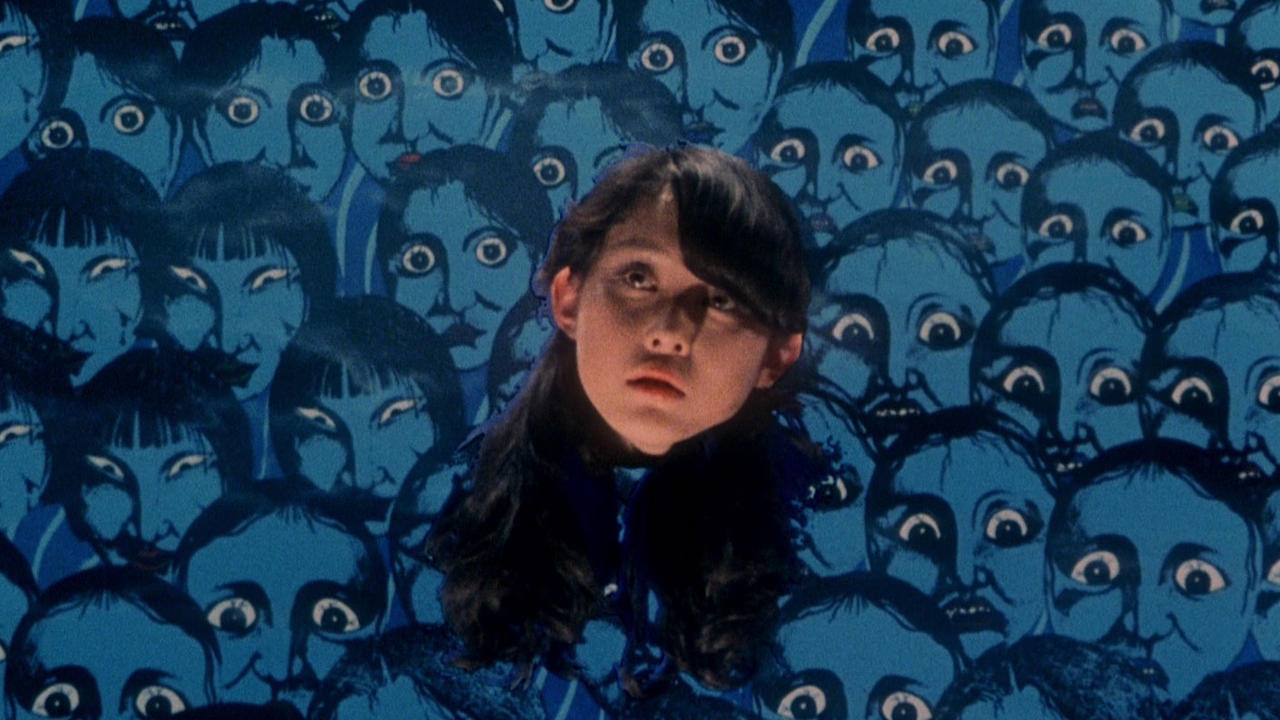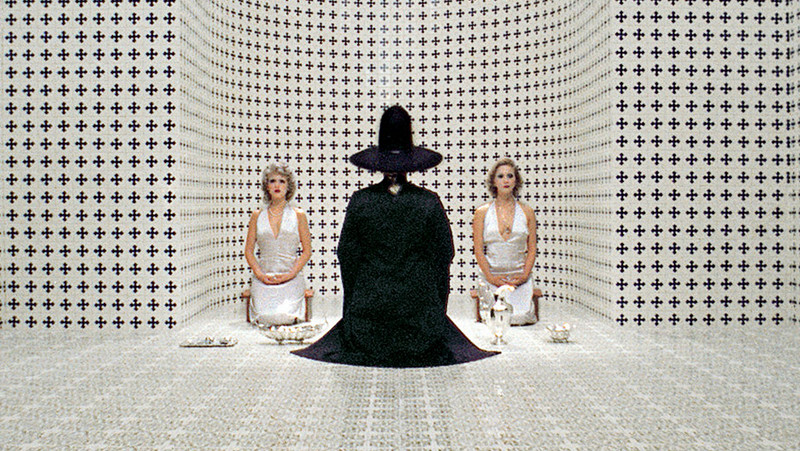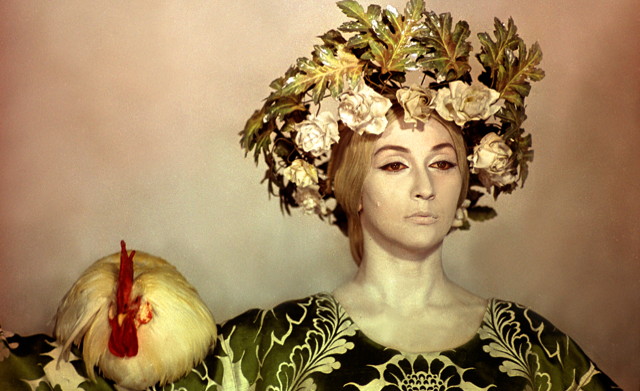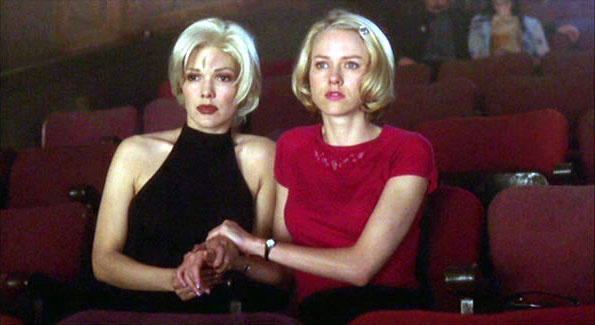
Contrary to popular belief, there is still in fact a large swathe of wholly original movies being made today that actually try to break the mold and continue to push the envelope instead of simply riding the coattails of its predecessors, shamelessly repackaging ideas and shoving the same-old Hollywood clichés down our throats. But the sheer volume of titles currently available across the theatrical and streaming landscape can make finding genuinely unique movies that stand out on their own a difficult endeavor.
To help, we’ve rounded up 10 movies that are thoroughly distinct in their dialogue, characterization, narrative layout, exploration of themes, and/or formal presentation and do not adhere to any strict set of rules that we’ve grown accustomed to. From psychedelic horror fright-fests to avant-garde gems ripe for reappraisal, the following titles take full measure of the boundless possibilities of the form and, for a few hours at a time, reminds us of what cinema is capable of at its best.
1. House (1977)

Evil spirits, floating heads, a demonic house cat, possessed watermelons, and a carnivorous piano are all par for the course in Nobuhiko Obayashi’s shamelessly campy, delectably bonkers extravaganza — an 88-minute-long full-on assault to the senses that quickly achieved cult status following its US home release and endures today as a rite of passage for Western film buffs, Japanese cinema aficionados, and Criterion-loving boutique Blu-Ray collectors alike.
Rarely does a cinema experience just swallow you whole, but there’s a reason why this rip-roaring, off-the-rails haunted house fever dream about six Japanese schoolgirls staying at a secluded country home is the first title that so many people think of when they hear the phrase “experimental cinema”. If you find yourself unsure whether to laugh, scream or cry in despair at every turn, don’t fret: Letting the whole thing wash over you rather than trying to comprehend what exactly is going on at any given moment is a big part of what makes Obayashi’s “House” cinema at its most unhinged.
2. The Holy Mountain (1973)

If you were to randomly handpick and watch a title from Alejandro Jodorowsky’s filmography, chances are you would likely end up using the term ‘unique’ to describe what you just saw, whether it’s his 1970 acid western “El Topo”, the 1989 carnivalesque freak show “Santa Madre”, or his 2013 autobiographical swan song “Endless Poetry”. That even his most notoriously bizarre work in turn feels accessible and quaint when pitted against his undisputed masterpiece, the 1973 cult favorite “The Holy Mountain”, is merely an indication of how high the benchmark has been set.
From the ugly specters of Western colonialism being reenacted by Aztec toads and Conquistador frogs, spiritual rituals where human feces turn into gold somehow to mutilated soldiers in gas masks dancing with civilians and praying at an altar of one thousand testicles — nothing can really prepare you for the onslaught of surreal, religious, and scandalous imagery in display.
On a visual level alone, “The Holy Mountain” is guaranteed to knock your socks off and reward your time. But dig a little deeper beneath the vague semblance of a story about a Christ-like figure based on the Fool from the Tarot card deck through his path of spiritual enlightenment, and there’s a surprisingly insightful and compelling message here about the corrupting influence of greed on the human spirit. Definitely worth a watch, but maybe not the best way to kick off a first date.
3. The Color of Pomegranates (1969)

‘Every frame is a painting’ might very well have become the single most nauseating and overused crutch phrase used in film criticism to wax lyrical about any movie that’s slightly above average or better in the visuals department, but Sergei Parajanov’s unconventional take on the life and times of renowned 18th-century Armenian poet and musician Sayat-Nova thoroughly earns the distinction.
A favorite of director Martin Scorsese that was originally banned by Soviet authorities for its radical upending of traditional narrative in favor of an impressionistic collection of abstract visuals, indelible iconography, extremely long takes and static set pieces that draw from poetry, dance, music, Armenian folklore, and architecture, “The Color of Pomegranates” is a feast for the eyes that that will single-handedly change your view on cinema.
The unorthodox narrative structure, such as it is, recounts key stages in Sayat-Nova’s life, from his childhood and life as an artist and priest to his persecution and death might read like your average highbrow snoozefest your cinema studies teacher might ask you to write an essay for, but in fact the film is so majestic, hypnotizing, and aesthetically sublime you simply can’t pry your eyes away from the screen.
4. Mulholland Drive (2001)

Given his credentials as cinema’s premiere populist surrealist, it stands to reason that the name of David Lynch should become a catch-all term for every unconventional movie that happens to present surreal elements or dreamlike logic. But in the past half century, no film has come closer to distilling the murkiest depths of the subconscious into celluloid than “Mulholland Drive” — a love story in the city of dreams (as the official tagline reads), a landmark in contemporary American cinema, and arguably the pinnacle of Lynch’s work.
Stewed from bits and pieces of a ditched 94-minute pilot for an ABC series that never aired, this cracked-mirror vision of Los Angeles’ dream factory riffs on all kinds of classic noir tropes to pull viewers headlong into the splintering mindscape of blonde starlet Betty Elms (Naomi Watts, in her breakout role) before spiraling off into a wish-fulfilling make-believe fantasy that keeps you in the dark until it folds on itself to leave you with a desperate urge to go down its rabbit hole once again.
By turns perplexing, sensual, heartbreaking, morbidly funny, and wholly mind-altering, some 23 years later, “Mulholland Drive” remains unlike anything else that came before or after.
5. Goodbye, Dragon Inn (2003)

Long before the likes of Quentin Tarantino (“Once Upon a Time… in Hollywood”), Paul Thomas Anderson (“Licorice Pizza”) and Steven Spielberg (“The Fabelmans”) decided to chip in and mine their own moviegoing experiences in heartfelt paeans for the communal joy of going to the cinema, one of the greatest practitioners of slow cinema in Tsai Ming-liang had already dropped pretty much the final word on the subject by the time the new millennium rolled around.
Featuring only a dozen lines of dialogue and unfolding unhurriedly at Tsai’s signature glacial pace, “Goodbye, Dragon Inn” is a celebration of cinephilia unlike any other, an intimate but epic love letter to film that actually manages to evoke the full breadth of emotions that come from experiencing poetry in motion at 24 frames per second while sitting among strangers in huge dark rooms.
The film bids farewell to a long-lost era and takes its title, after all, from the 1967 martial arts classic directed by King Hu (an absolute must-see for kung fu fans), which is being screened one last time at Taipei’s historic Fu-Ho Grand Theatre before its closure, as we witness the lives of several employees and attendants intersect in unexpected ways.